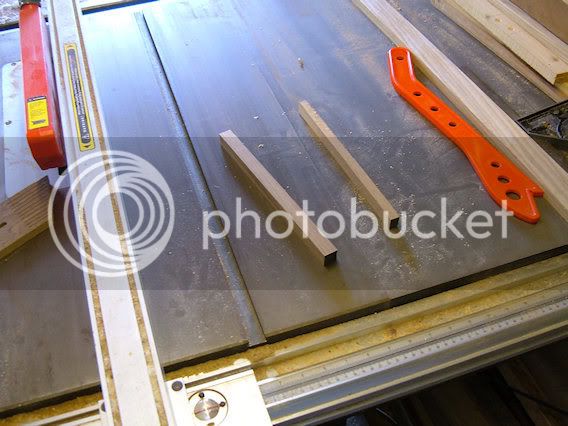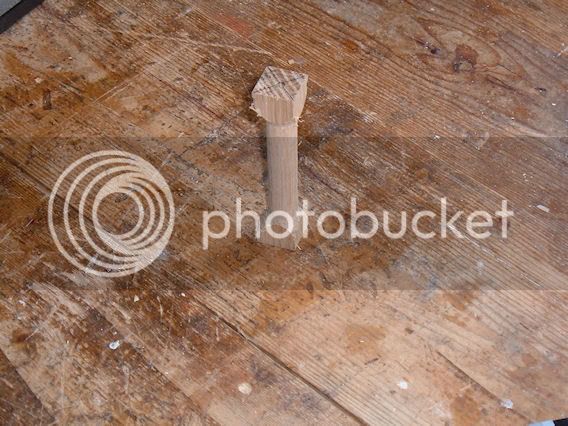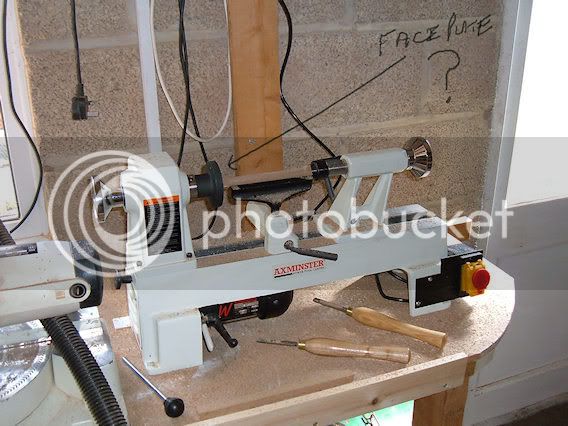devonwoody
Established Member
When not in use, lathe is positioned against the wall out of the way of the SCMS saw.
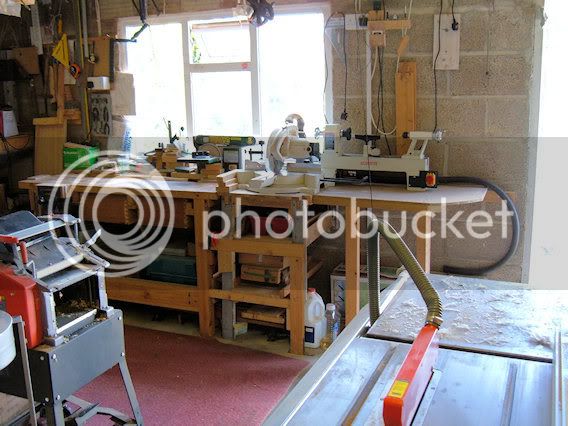
When intended to use lathe I will drag it forward to this position.
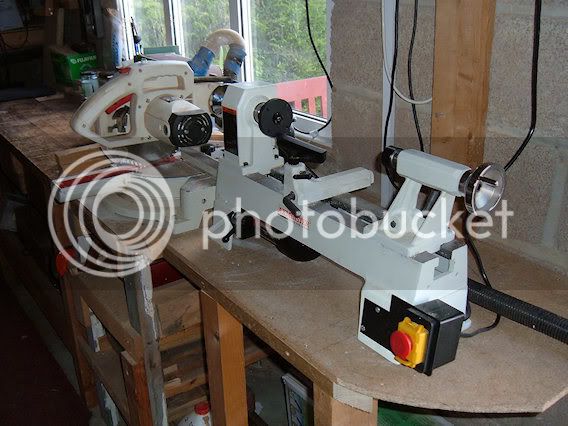
At he present moment the lathe rocks so I don't know at the moment if the castings is twisted or my bench is at fault. I intend to investigate again tomorrow afternoon.

When intended to use lathe I will drag it forward to this position.

At he present moment the lathe rocks so I don't know at the moment if the castings is twisted or my bench is at fault. I intend to investigate again tomorrow afternoon.





